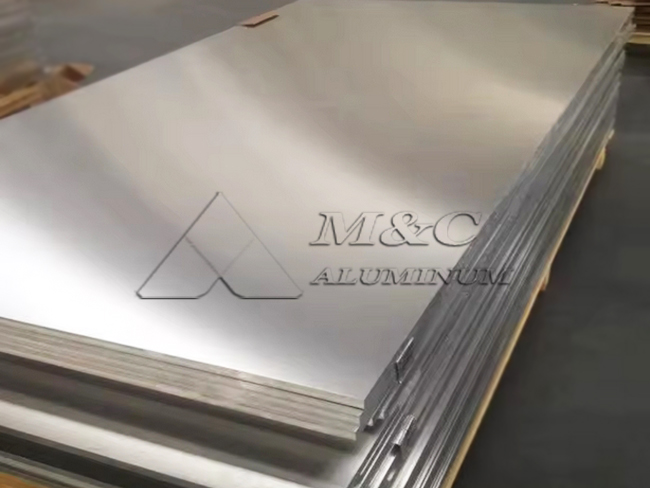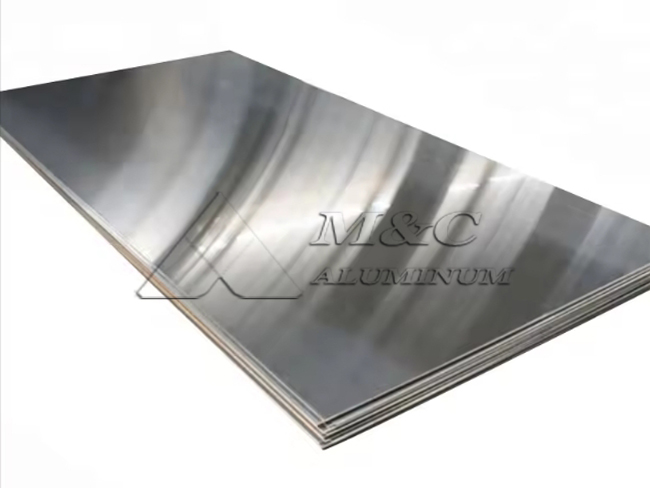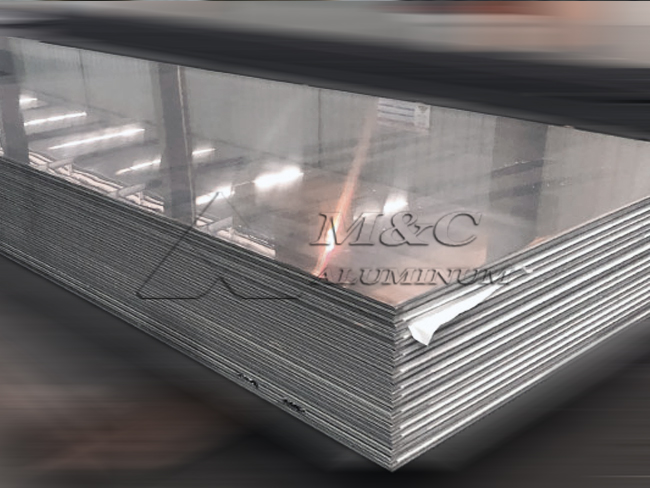In shipbuilding and offshore engineering, selecting the right material is critical. Aluminum alloys are a popular choice for marine applications due to their light weight, high strength, and excellent corrosion resistance. However, with numerous alloy grades available—particularly the commonly used 6061 marine aluminum and 5083 marine aluminum—many find it challenging to choose the right one.
So, which alloy is more suitable for marine applications: 6061 or 5083?

Overview of 5083 Aluminum Alloy
5083 is a magnesium-based aluminum alloy (5xxx series) that is non-heat-treatable and offers outstanding tensile strength and excellent weldability. It is ideal for structural applications requiring exceptional strength and corrosion resistance. Its resistance to corrosion in marine environments makes it one of the best materials for building ships and marine equipment. Even when exposed to humid, salty air over long periods, it retains its structural integrity.
5083 also provides excellent thermal conductivity and maintains good formability in various tempers, including 5083-H111, H112, H116, H321, and H32.

Overview of 6061 Aluminum Alloy
6061 is a widely used extrusion alloy—an Al-Mg-Si alloy that gains strength through precipitation hardening. Known for its versatility and strength, 6061 is suitable for various fabrication methods, including extrusion, rolling, and forging.
With a good balance of strength, corrosion resistance, and workability, 6061 is often used in structural frames, base plates, stiffeners, and components in aerospace, marine, and automotive fields. Available tempers include 6061-O, T4, T6, and T651, suitable for diverse manufacturing needs such as stress resistance and ease of welding or machining.

Marine-Grade Aluminum Comparison: 6061 vs 5083
1. Chemical Composition & Alloy Design
5083 (5xxx series - Al-Mg): Contains 4.0–4.9% magnesium with trace amounts of manganese and chromium. Typically supplied in work-hardened states like H111 or H321. The high magnesium content enables high strength without heat treatment and forms a protective oxide layer, greatly enhancing saltwater corrosion resistance.
6061 (6xxx series - Al-Mg-Si): Contains 0.8–1.2% magnesium and 0.4–0.8% silicon. Strength is improved through solution heat treatment (e.g., T6 temper). Its main advantage lies in general-purpose workability and adaptability.
2. Mechanical Properties Comparison
| Property | 5083 Aluminum | 6061 Aluminum |
| Series | 5xxx (Al-Mg) | 6xxx (Al-Mg-Si) |
| Typical Temper | H116 / H321 | T6 (heat-treated) |
| Tensile Strength | 270–310 MPa (non-heat treated) | 290–310 MPa (heat treated) |
| Hardness (HB) | 80–95 HB | 95–100 HB |
| Yield Strength | 125–215 MPa | 240–276 MPa |
| Elongation | 12–20% | 10–16% |
Summary:
5083 provides high tensile strength without heat treatment, ideal for hull structures and non-heat-treated environments.
6061-T6 offers higher yield strength and comparable hardness, suitable for precision-machined, medium-load components such as marine fittings.
3. Corrosion Resistance & Environmental Suitability
5083 Aluminum: High magnesium content results in a dense oxide layer, making it highly resistant to seawater and chloride corrosion. Ideal for ship hulls, bulkheads, and storage tanks exposed to saltwater.
6061 Aluminum: Weaker natural corrosion resistance in marine environments. Requires anodizing or coatings for protection. However, surface treatments like hard anodizing are more effective than those on 5083, making it suitable for decorative or lightly exposed components.
4. Workability and Weldability: 5083 excels in welding; 6061 in versatility
Workability:
6061: Superior machinability and formability; excellent for complex extrusion and deep drawing processes (e.g., molds, fittings).
5083: Harder due to high magnesium content, making cold working more difficult, but temper H321 improves formability.
Weldability:
Both alloys support common welding methods (e.g., TIG/MIG).
5083 retains more strength and corrosion resistance in weld zones.
6061 may require post-weld heat treatment to restore strength.
5. Application Scenarios
5083 Marine Aluminum: Ideal for ship hulls, bulkheads, seawater tanks, oil platforms, LNG vessel cryogenic parts.
6061 Marine Aluminum: Widely used in hardware (brackets, hinges), small yacht frames, deck trims, precision components.
6. Cost and Availability
6061: Typically lower cost and more readily available; one of the most common aluminum grades on the market.
5083: Slightly more expensive but remains a mainstream choice for marine applications, especially in high-end yachts and military ships.
Which Aluminum Alloy is Better for Marine Use?
Choosing between 6061 and 5083 depends on your project's specific requirements and budget:
If you need a versatile, cost-effective material with good strength and workability, and corrosion resistance isn’t the top priority, 6061 may be the better choice. It’s excellent for small yachts, interior structures, and components requiring surface finishing.
If you’re building large commercial ships, military vessels, or high-performance marine structures that face harsh oceanic conditions, and require exceptional corrosion resistance, high strength, and durability, 5083 is undoubtedly the more reliable choice. Though costlier, its performance under tough conditions ensures long-term safety and reliability.






